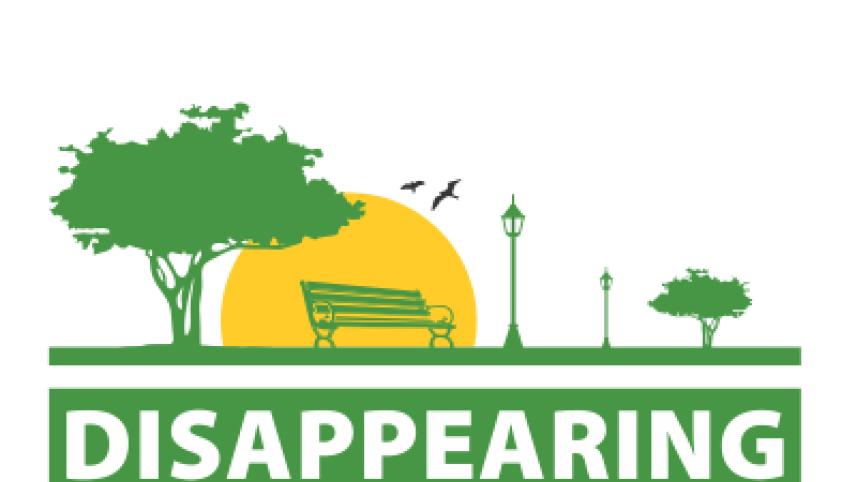Cry for open space

At age four, Farhan Tanvir Tipto did not know how to run. When his father Shahed Siddique noticed it one day, he got scared and immediately took the kid to hospital but the doctor found nothing wrong. He just advised him to let his son run in open spaces.
The life of Tipto, a kindergarten student of YWCA Higher Secondary Girls' School in the capital, had been confined to the 400 sq ft apartment in Hatirpool area where his family lived a few years back. There was no park or playground in the neighbourhood.
So Shahed, business editor of Independent Television, decided to take him to Panthakunja, a park opposite Pan Pacific Sonargaon Hotel, to give him some open space. But within a few days, it appeared that the park's environment was not suitable for the boy.
Finally, he started taking him to Ramna Park and things began to improve.
The case of Tipto is an eye opener because most parts of Dhaka city do not have enough open space to help the natural growth of children. On top of that, most of the existing parks and playgrounds are threatened, not well-maintained, or occupied.
The result was that Shahed moved his family into another house of Hatirpool with a not-so-busy road in front of it. Tipto played football and cricket on the street with other children, albeit it was not enough. But which neighbourhood should he move into?
According to a 2013 study of the International Centre for Diarrhoeal Disease Research, Bangladesh (ICDDR,B), Dhaka city has the highest concentration of obese children, at 22 percent, compared to the nearest 19 percent in Sylhet city. They are aged between five and 18.
The condition of mothers is even worse in the capital, with 57 percent of them overweight, though Chittagong city has the highest proportion, 64 percent.
Obese and overweight people face higher risks of heart disease, diabetes, cancer, osteoarthritis, and liver and gallbladder diseases, and respiratory problems.
Experts blame excessive rich food intake and less physical activity.
Dr Aliya Naheed, interim head of Chronic Non-Communicable Diseases Unit at ICCDDR,B, said an overweight child was likely to remain so in his/her adulthood.
Though children can play at schools, the reality is that many schools in Dhaka city do not have playgrounds, she said.
As a result, children get dependent on playing games sitting at home, she added.
Prof AHM Enayet Hussain, a director at the Directorate General of Health Services (DGHS), said an obese child might lose the ability to take up challenges.
Children's dependence on TV, computer, video games will raise their risks of getting headache and eye problems, he said.
"As a doctor, during my practice, I find four to five children out of 12 to 15 with these problems almost every day," he said.
Dr Aliya said authorities should give security at parks so that children could play there safely.
Several schools could also collectively manage one park, she suggested.
Prof Ishrat Islam, chairman of the urban and regional planning department of Bangladesh University of Engineering and Technology (Buet), said as children could not play outdoor games, they were getting isolated from society and taking drugs.
Socialisation takes place at parks or playgrounds, she said, citing the example of Dhanmondi Lake.
Sayeed Khokon, the new mayor of Dhaka South City Corporation, said he needed some time to give full attention to recover the parks.
The mayor in Dhaka north, Annisul Huq, said he would visit the parks and then decide on what steps to take. He said they would give special attention to the parks.




 For all latest news, follow The Daily Star's Google News channel.
For all latest news, follow The Daily Star's Google News channel.
Comments